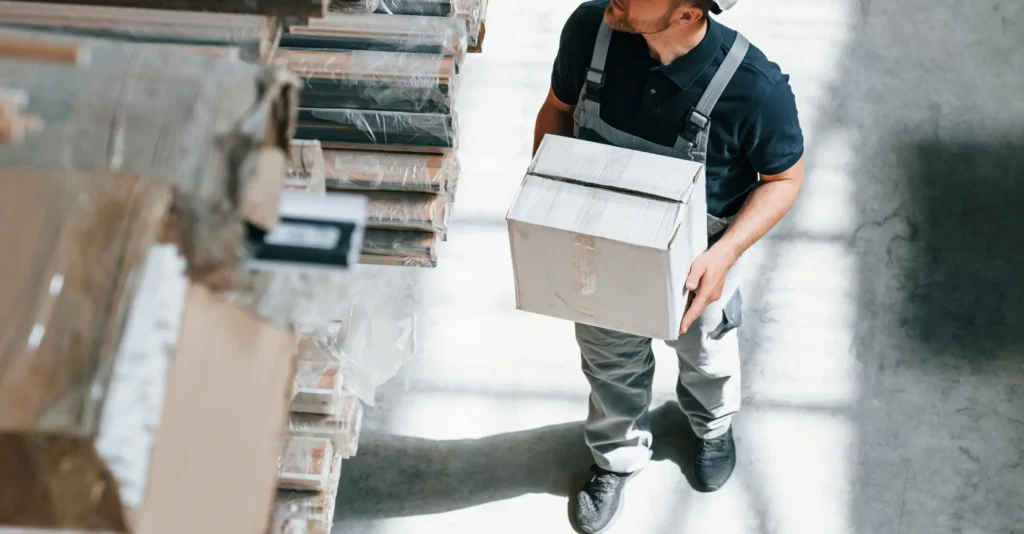It’s been seven years since the historic Brexit referendum, and the UK Regulatory Landscape and it’s relationship with EU regulations remains a topic of vigorous debate. Despite the decision to leave the EU, the country finds itself still intertwined with EU rules and standards, albeit through a complex web of trade agreements and cooperation pacts.
In the aftermath of Brexit, the hope for complete regulatory autonomy has met the reality of maintaining smooth trade relations with our European counterparts. The intricacies of the Northern Ireland Protocol further underscore the need to align with certain EU regulations to ensure the free flow of goods and maintain stability.
This alignment has its merits. It secures uninterrupted trade with the EU, a significant trading partner vital to the UK’s economy. It enables British businesses to export seamlessly, opening doors to EU markets without grappling with substantial trade barriers.
However, this connection with EU regulations also comes with its set of challenges. While it safeguards trade, it limits the UK’s ability to chart its own independent regulatory course. The tension between adhering to EU rules and fostering domestic innovation has sparked important discussions about our regulatory future.
As we navigate this intricate landscape, we must acknowledge that post-Brexit Britain stands at a crossroads. Our sovereignty has seen a transformation, separating us from EU political structures. However, the economic and regulatory threads continue to bind us.
The ongoing debate about the UK’s regulatory relationship with the EU signifies the dynamic nature of this journey. Policymakers, businesses, and individuals must find equilibrium between sustaining trade relationships and carving out a distinct regulatory identity. The next chapter promises to be intriguing as we redefine our path forward.
#BrexitAnniversary #RegulatoryEvolution #TradeRelations
Reflecting on Seven Years Post-Referendum: The UK Regulatory Landscape




